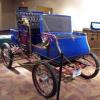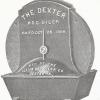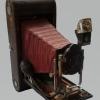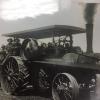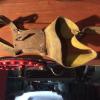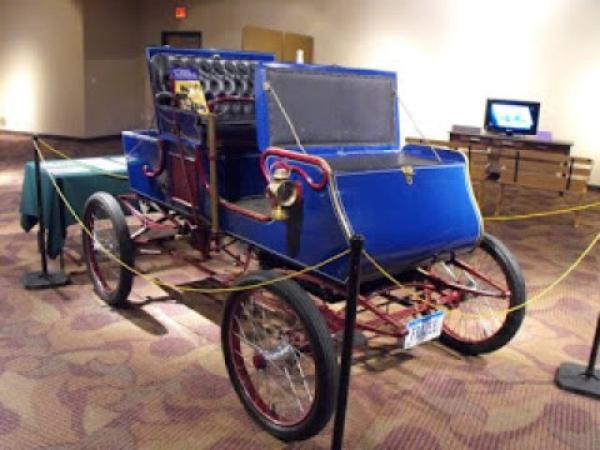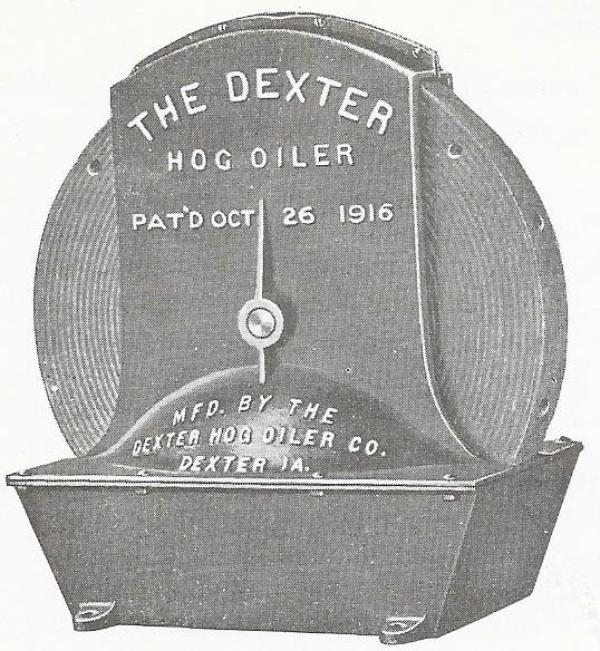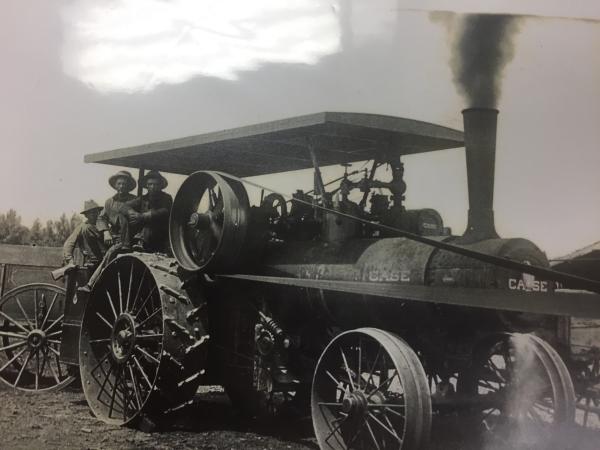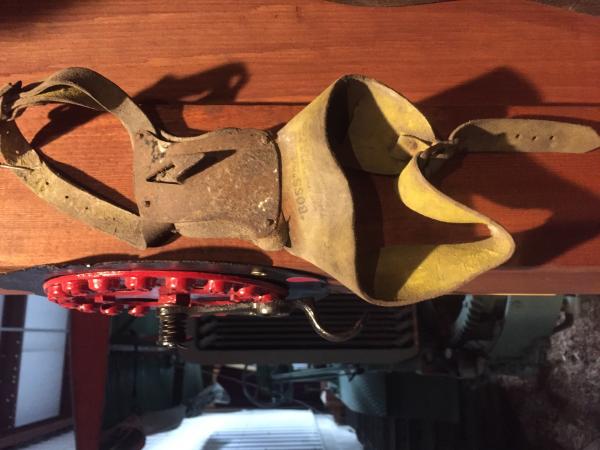Seeing Things Way Back Then
| Grade | 4th Grade | Class | Length of Lesson | 45 Min |
| Lesson Title | Seeing Things Way Back Then |
| Unit Title | The Importance of The Industrial Revolution |
| Unit Compelling Question | How did the Industrial Revolution impact people and the environment? |
| Historical Context: This was a time of technological and agricultural reform. During the time of the industrial Revolution (1760-1840) there were several advancements that made goods made by hand possible to be mass produced. This was seen in agricultural realms as well as fields dealing with transportation, communication, and the production of marketable goods. Largely due to the invention of the steam engine huge advancements were possible in the textiles, iron making, and other industires.Farmland in Iowa was largely changed due to the modifications made to the plow and inventions such as the corn hook. |
|
| Lesson Supporting Question | |
| Lesson Overview | This Lesson will give students a chance to explore the past during a time of great technological and agricultural advancement. We will be looking at several primary documents of inventions that at the time were quite revolutionary. Today we have much more modern examples of all of these inventions so the inventions as they were in their early stages seem humorous and irrelevant but hold a significance in how we live today. |
| Primary Sources Used |
|
| Resources Needed | |
| Standard | |
| Lesson Target | I can answer compelling questions with supporting details;I can identify challenges and opportunities when taking action to address problems;I can describe how society has changed in the past and in the present |
| Lesson Themes | |
|
| Formative Assessment (How will you use the formative assessments to monitor and inform instruction?) |
We will be doing a 3-2-1 sheet at the end of class. We will do 3 interesting facts that they had learned during our conversations on the Industrial Revolution, 2 things that surprised them (technology that was born during this time), and 1 question they still have that we can discuss further in upcoming classes. The 3-2-1 will let me assess if they were actually understanding what we were discussing with the innovations of this time period. This will also let students practice writing good questions as historians do. Hope to see questions like “who benefited from the invention of ……” |
| Summative Assessment (How does the lesson connect to planned summative assessment(s)?) |
Our project at the end of this unit will be the presentation of their homes from now transformed to a view of back then. This project will require students to provide images of all of the possible inventions they have at home that were spawned from the Industrial Revolution. Several household items can be included in this poster. Possibilities include: Telephone/telegraph, Car/Locomotive, Sewing machine/Spinning Jenny, Camera, Farming equipment if applicable to their home, typewriter/computer. |
| Author | Alex Alberts | Created | Last Edited | ||||
| Reviewer: Dr. Chad Timm, Simpson College | |||||||
| Lesson Plan Development Notes: Social Studies Methods, Simpson College, Spring 2020 | |||||||

